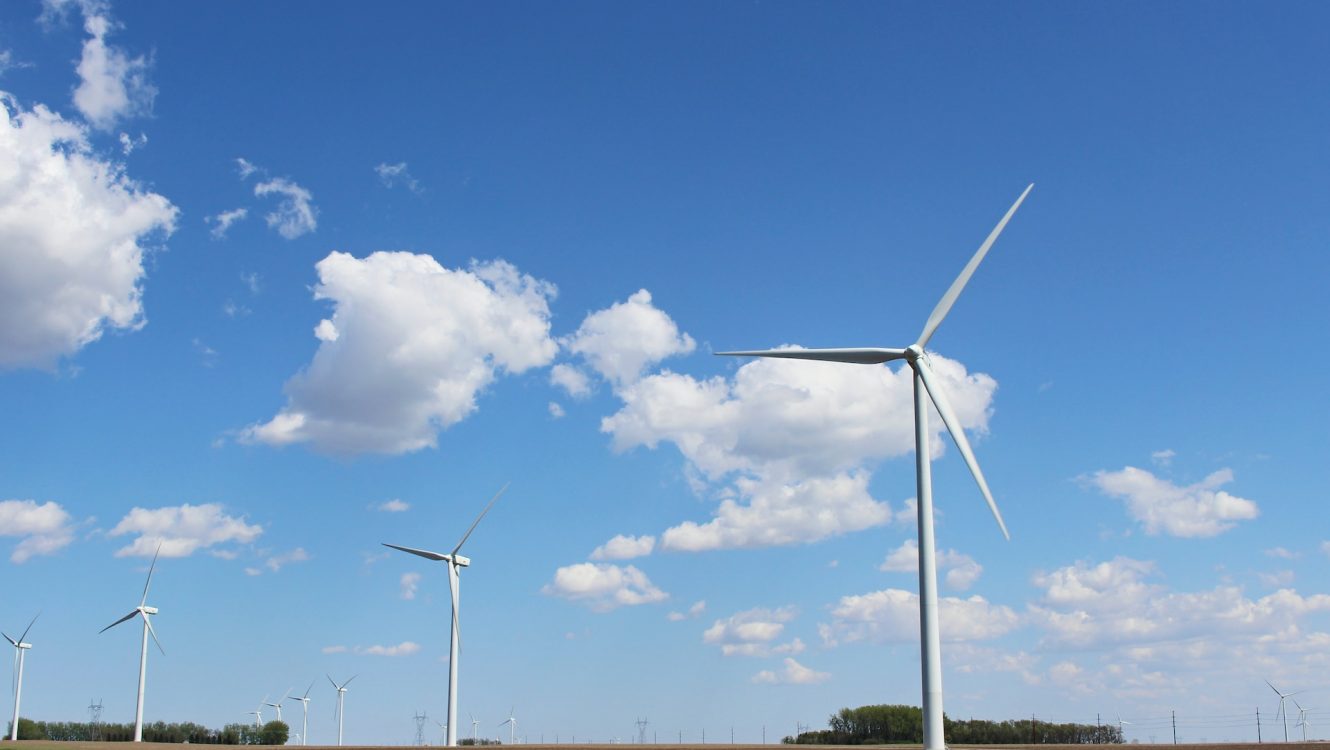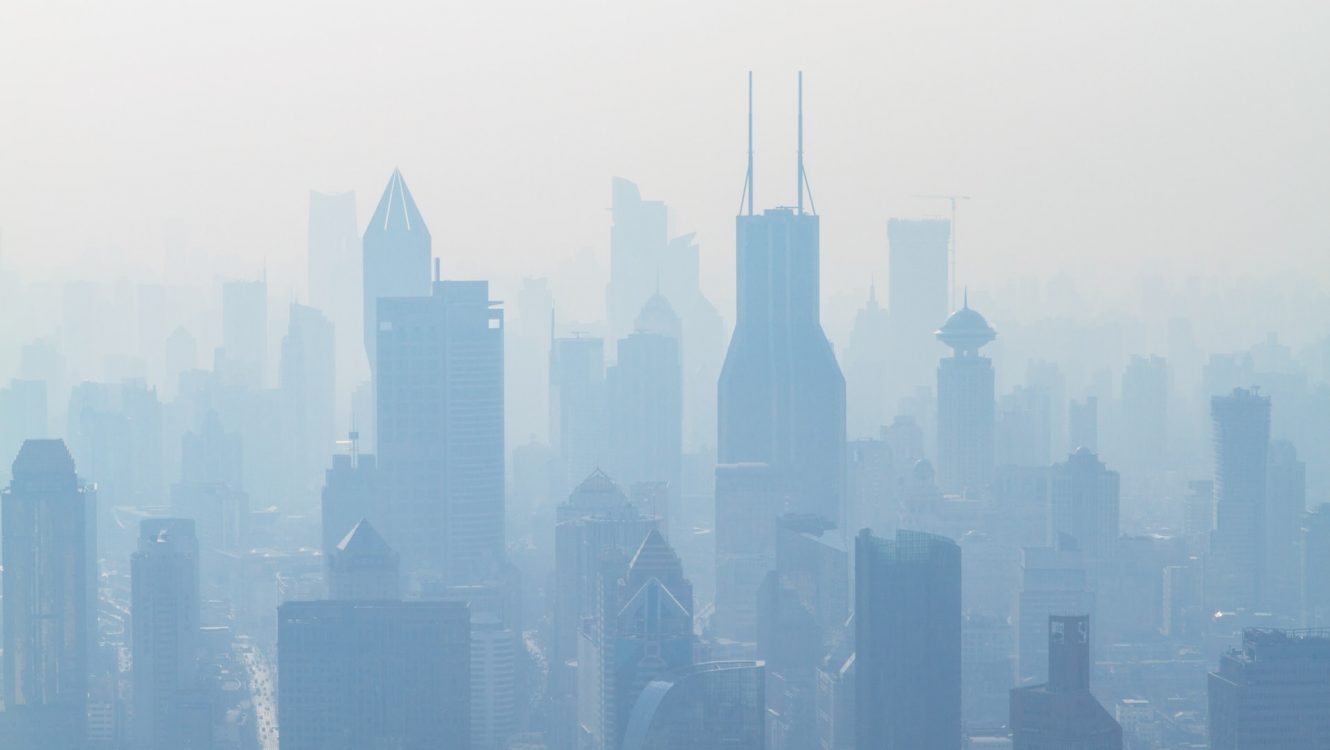EU’s Energy Landscape: Renewables Rise but Complacency is Not an Option
Europe has witnessed a significant surge in renewable energy, particularly from solar and offshore wind sources, as per the latest annual State of the Energy Union report by the European Commission. The report, a comprehensive look into the EU’s energy metrics over the past year, reveals a 60% increase in new solar energy-generating capacity. Additionally, the onshore and offshore wind sectors saw a 45% boost compared to 2021.
Shifting Away from Russian Fossil Fuels
Amid the energy crisis sparked by Russia’s invasion of Ukraine, the European Union has been expediting its transition to clean energy sources. The intent is not only to achieve energy independence but also to position Europe as the premier climate-neutral continent by 2050. The results are evident: imports of Russian gas plummeted from 155 billion cubic metres in 2021 to just 40-45 billion this year.

Consumption of gas and other fossil fuels is declining
Emissions Decline, but Targets Loom Large
Although the EU registered a 3% drop in greenhouse gas emissions in 2022, amounting to a 32.5% reduction since 1990, the journey ahead remains challenging. The overarching goal is to slash net greenhouse gas emissions by at least 55% come 2030. The Commission proudly highlighted that in May, for the first time, wind and solar sources produced more electricity than fossil fuels across the EU.
Countries like Spain, Portugal, and Belgium have outshone their previous records in renewable energy production in 2023, even amidst challenges like reduced hydropower due to droughts.

Time for Action, Not Complacency
Despite the positive strides, the Commission issued a stark warning against becoming complacent. Vulnerabilities in energy markets, a rise in fossil fuel subsidies during crises, and high inflation rates are pressing concerns that need addressing. Furthermore, while legislative targets aim for renewables to constitute 42.5% of the EU’s energy by 2030, the current pace suggests that member states might fall short.
The Commission also unveiled a strategy to bolster Europe’s wind energy industry, which is grappling with challenges like high inflation and stiff competition, especially from Chinese firms.
NGOs Highlight Discrepancies in National Plans
The Climate Action Network (CAN), a coalition of NGOs, has expressed reservations about the National Energy and Climate Plans (NECPs) of various member states. Their independent report indicates that countries like Denmark, Finland, and the Netherlands are not on track to meet their stipulated EU targets.
Chiara Martinelli, CAN Europe’s director, pointed out the stark contrast between the pressing need for aggressive climate action and the actual slow progress on the ground. With the first update to national energy and climate plans since 2019, many countries are lagging, emphasizing that 2030 is a crucial checkpoint for climate initiatives.
Federico Mascolo, a policy expert at CAN Europe, commented, “2030 is a first reality-check for climate action. Failure to meet this milestone will significantly hinder our future endeavors to counteract climate change impacts.”
Conclusion: A Decisive Decade Ahead
The European Union is at a crossroads. While there have been commendable advancements in renewable energy adoption and emission reductions, the next decade will be pivotal. Meeting the 2030 targets is not just a statistical achievement but a necessity to ensure a sustainable and resilient future for the continent.
©globalgreenhouse.eu



















